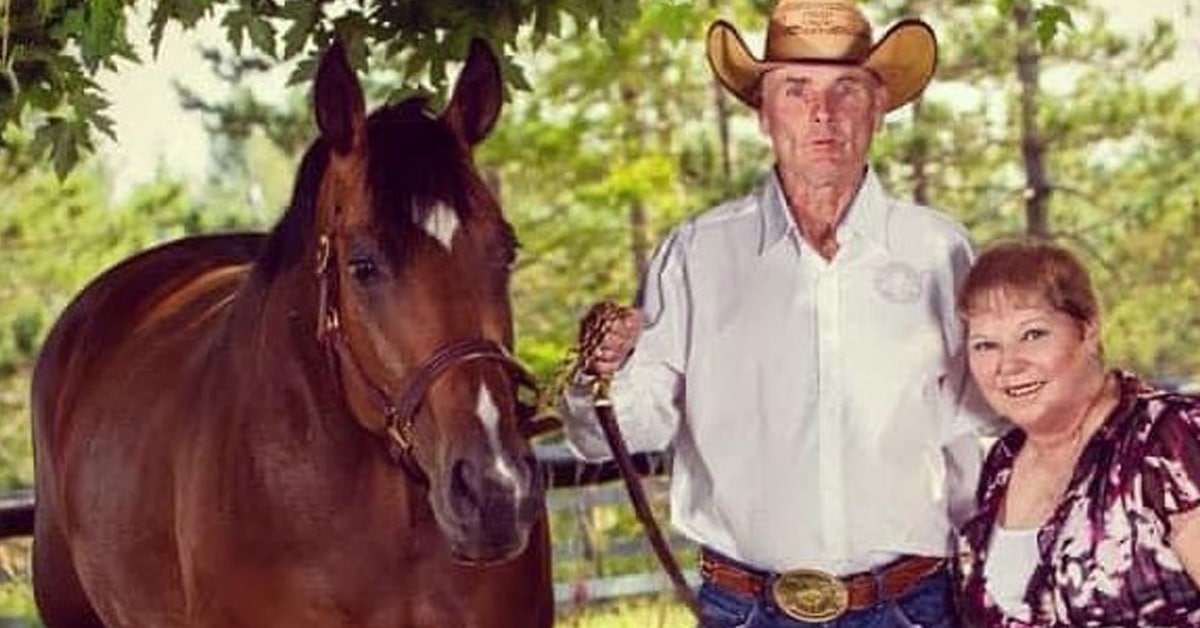You’ve probably seen war bridles in western movies or in books or art depicting the old West with its images of First Nations warriors riding the plains on their horses, controlled by just a bit of rawhide around the lower jaw. Also known as a Native American bridle, the traditional war bridle has no head stall, no noseband or browband and no throat latch ‒ it is essentially a loop of rope that sits in the horse’s mouth acting as a bit with the two ends containing rings for reins.

War bridles.
Today’s applications are varied and may include use on any particularly head-shy horse, or a horse with any skin or dental issues or other reason it can’t or won’t wear a headstall and bit. Some horse owners have tried it to have fun and push their training to another level, but it’s not necessarily a solution to any particular training issues.
According to blogger and horsewoman Tatum Norris, who writes for her site curlyfarm.com, war bridles are for horses “with plenty of training teaching them to respond to cues from a traditional bit. Certainly, history would show that many horses have been broken to this style of bridle without previous training, but for safety, comfort, and sanity of both horse and rider you’ll want to first have a horse that responds well to gentle rein cues and turns off pressure from your legs before transitioning to a war bridle.”
In other words, as Norris write, if you ride strictly with your hands (which hey, you shouldn’t be doing) and use the reins as your go-to aid to stop, steer and turn, then a war bridle is not for you. It can be a severe piece of tack and in the wrong hands can inflict pain and suffering.

(Brittni Raflowitz Instagram)
Then there’s US showjumper Brittni Raflowitz, who entered the Grand Prix arena in Wellington on her giant warmblood gelding, Hilton Van De Breepoel (pictured left), in a war bridle as seen on her Instagram account. Last September Raflowitz also posted a close up of Hilton in his war bridle during some down time for the gelding.
However, a quick survey of my horse community yielded a flat “nope” when asked if they’d ever even heard of one, let alone rode in one. But two Canadian women from the west reached out to Horse-Canada to share their experiences with the bridle.
“I have a rescued ‘wild’ horse. She is fabulous but very sensitive around her head, so I went with the war bridle,” wrote Joan Sopow, EC coach, CanTRA certified instructor at Faulder Badlands Sport Horses in Summerland BC. “It was initially a fabulous option for her; she doesn’t have a bitting problem, it’s a head-shy issue.”
Sopow explained that she owns two types of war bridle, both with a leather mouth piece: one with quite small rings and one with bigger rings to attach the reins to. “I found the bit easy to fit but not easy for the horse to be totally relaxed because the bit is essentially “tightened,” around the lower jaw and doesn’t ‘hang.’”
According to Sopow, her horse would use her tongue and push against the bit in an attempt to relieve the pressure on her tongue. “The other issue I didn’t like with the bit was when the horse is on a loose rein, the weight of the reins basically pulled down on the bit… not a comfy feel for the horse.” After working with the war bridle for a time, she stopped using it and found a better way to bridle her horse, which was to hang the bit off a leather halter that could be done up over her crest without going near her head. “The end result? A happy, calm horse with zero bitting or head issues for her,” Sopow says.
Alberta-based Linda Fitzpatrick, owner and operator of Reverence Stables Horsemanship Centre, told us that for starters, “My horses have happy healthy mouths. Developing horses and riders is my business. And as a teacher a bit of experimenting, observation and conversation can go a long way to develop confidence in horse and human.”
But when it came to her eight-year-old Pintabian, Raffi, the war bridle became a valid option.
“Raffi is a very sensitive horse and had always been reactive to any conversation involving his head,” Fitzpatrick explained. “Raffi is of a very Type A (Arab) mind. My focus when developing horses is to build on a mental connection of calmness. Raffi was not a calm horse when we met.”

This attractive war bridle (modelled by a VERY attractive horse!) is available through Cowboy Collection Quarter Horses.
At first Fitzpatrick rode him with a French link bit under a sidepull bridle for several months and as he developed mental calmness and athleticism, his fussiness with his head diminished somewhat. From here Fitzpatrick wanted to try the war bridle. “The first time I rode Raffi in the leather bit he was quiet with his head. Peaceful. Lovely. I continue to use it regularly as he is very content. I felt the French link bit, although simple and a good fit, was just too much for Raffi.”
Fitzpatrick is currently introducing her six-year-old quarter horse mare, Kieki, to the war bridle and so far, so good. “She is also very sensitive and mentally in tune.”
So tell us ‒ would you ever try a war bridle?
The Latest









